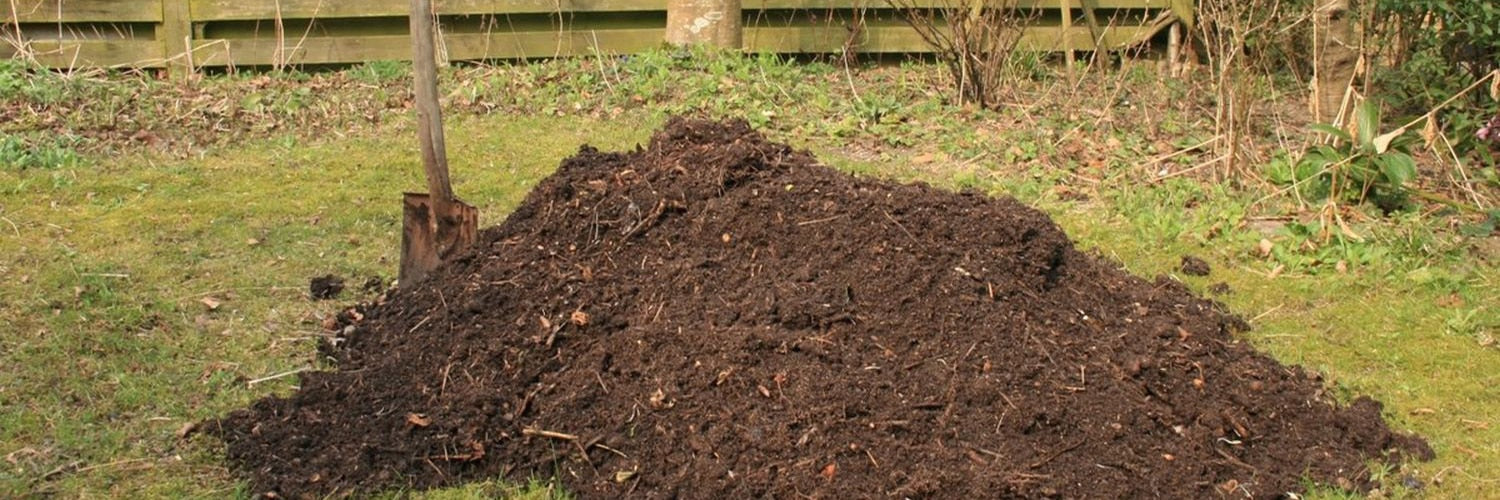10 Sustainable Kitchen Swaps

10 Sustainable Kitchen Swaps
Who knew that keeping our kitchens neat and clean could actually be such a dirty business? Even the cleaning and packaging equipment we use on a daily basis quickly becomes a part of our household waste.
And if you’re trying to lead a more sustainable lifestyle, the kitchen is a great place to start. Aside from reusable grocery bags, here are a few sustainable kitchen swaps that you can implement today to considerably reduce your carbon footprint.
1. Switch to Glass Containers

For starters, swap all your plastic containers with glass ones. Glass Tupperware is long-lasting and poses far less of a threat to the environment than plastic. And unlike plastic, glass doesn’t contain harmful chemicals which can leach into your food and harm the endocrine system.
Source: tianyiglass.en
You can even get thrifted glass bottles, mason jars, and other glass containers to replace all plastic-storage items in your kitchen.
2. Start Composting

One of the easiest ways to reduce your carbon footprint while helping the soil is to start the practice of composting.
Food scraps that end up in landfills release tons of methane, contributing to global warming. By setting up a compost pit you can actually use all the organic matter in your kitchen, turning it into nutrients for the soil.
Source: wired.com
The best part is that once you’ve figured out how to do it, you can literally compost wherever you live!
3. Tea Strainers Instead of Tea Bags

Single-use tea bags take a heavy toll on the environment. Just imagine you have a cup of tea everyday; that’s 365 non-biodegradable paper bags bleached with chlorine, seeping toxins into the soil!
Source: kuberindustries.co.in
Paper tea bags even contain certain chemicals and pesticides, which, when allowed to soak in hot water, find their way into the tea. Instead, consider getting a tea strainer and using tea leaves, for a toxin-free, more sustainable cup of tea.
4. Biodegradable Dishwashing Sponges
Instead of using the regular, colorful dishwashing sponge, consider switching to undyed, compostable sponges. They last longer, release no toxins, and disintegrate easily when they’re tossed into composts.
Source: mamaeco.com
The best part about dishwashing sponges is that when you can’t use them for dishes any longer, they can be downgraded to cleaning toilets and sinks. And when you literally can’t use them anymore, they can be composted.
5. Buy Soap Bars

Instead of using plastic liquid soap dispensers, switch to using bare soap bars to wash your hands. It’s a false assumption that dispensers are more hygienic, as the plastic can become contaminated with all sorts of bacteria.
Source: cosmetify.com
More importantly, however, is the fact that you can eliminate yet another plastic item from your kitchen by switching to bare soap bars.
6. Use Old Clothes To Wipe
Many modern kitchens keep paper towel rolls or Kleenex, but the waste generated by these products is unimaginable. These single-use products are usually thrown out with the other household garbage and often too soggy to even be recycled.
Instead of contributing to this colossal waste, tear pieces of old, unused clothes and use them to clean your kitchen counters. Your kitchen will remain clean and the amount of waste generated from your household will reduce drastically.
7. Make Your Own Cleaning Agents
With the help of vinegar, baking soda, lime, and a few helpful online tutorials, you can make an extremely effective cleaning solution.
Chemical cleaners on their own are harmful to your body and the environment. But to top it off, they often come in plastic containers, making them unsustainable as well. Opting out of them helps you keep the toxins and the plastic out of the soil, preventing environmental harm.
8. Use Silicone Mats For Baking
![]()
While it may be man-made, silicone mats are excellent for baking and can be reused hundreds of times before they are thrown out.
Source: caradoc-commerce.com
Parchment paper, which is usually used for baking, is often bleached and contains dioxin which seeps into the food and into the soil once it has been disposed of. It's alternative, waxing paper, is derived from petroleum which is harmful to our system and takes a heavy toll on the environment.
By switching to silicone, we reduce the demand for resources on the earth and limit the amount of waste we generate.
9. Cloth Nets For Veggies
Most modern kitchens store their fruits and veggies in ziploc or plastic bags. Aside from the toxic materials that pass into your food, ziplocs are difficult to recycle and often become part of household garbage, ending up in landfills.
Cloth nets allow you to segregate your vegetables and fruits and can be easily recycled or even composted when it’s time to get rid of them.
10. Reusable Food Wraps

Most often, we tend to use plastic cling-wrap or aluminum foil to wrap food. But reusable food wraps can be used just like cling-wrap to cover bowls and plates of food. It can also be used to wrap up snacks, like sandwiches, to keep them fresh.
When you’re done with them, you can wash them with a concoction of lightly-diluted soap and water, dry them, and reuse them for other food. This enormously reduces the amount of waste generated from a single kitchen, helping to actually make a contribution towards a cleaner, greener environment.
Be The Change
The phrase ‘Be The Change You Want To See In The World’ has never been more relevant than it is today!! As we move towards a more conscious way of living, it’s important to examine our everyday items and implement changes that will support a lifestyle more suited to the environment we live in.
So start today, and let’s live in a way that reduces the amount of strain we put on the Earth and her resources.
